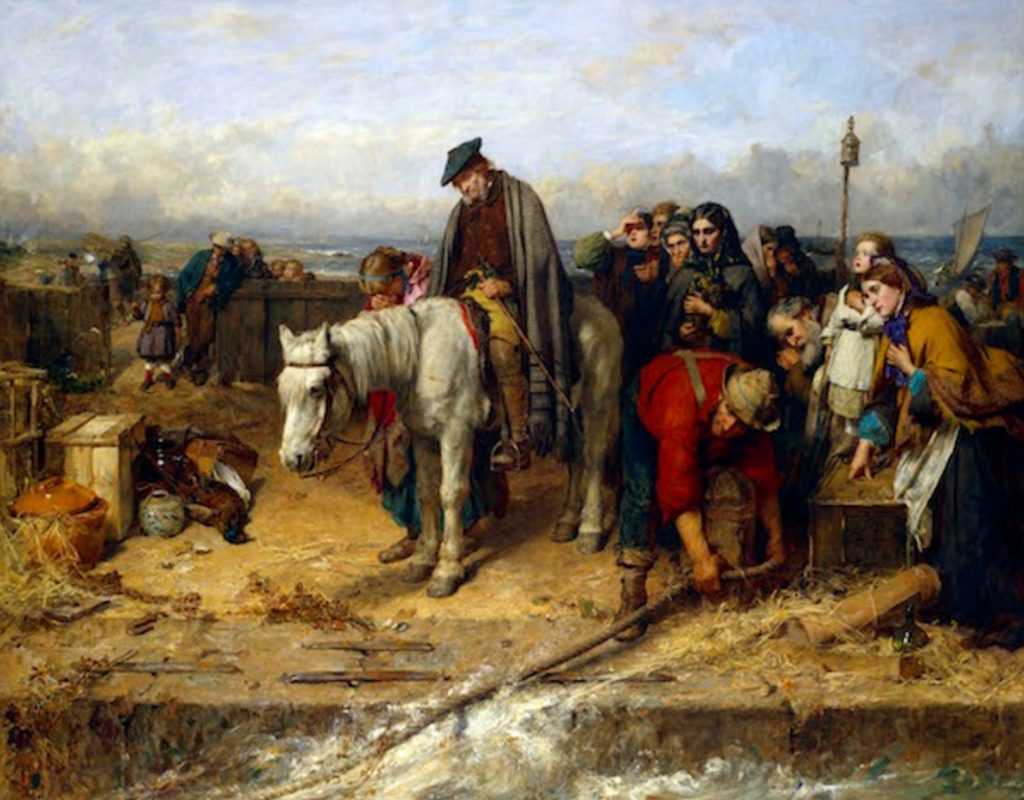Warning: Undefined array key "ssba_bar_buttons" in /usr/home/movgwifi/public_html/yesedinburghwest.info/wp-content/plugins/simple-share-buttons-adder/php/class-buttons.php on line 602
Warning: Undefined array key "ssba_bar_buttons" in /usr/home/movgwifi/public_html/yesedinburghwest.info/wp-content/plugins/simple-share-buttons-adder/php/class-buttons.php on line 602
Warning: Undefined array key "ssba_bar_buttons" in /usr/home/movgwifi/public_html/yesedinburghwest.info/wp-content/plugins/simple-share-buttons-adder/php/class-buttons.php on line 602


Last of the Clan, by Thomas Faed
Buy at Amazon. Reviewed in The National, The Irish Times, The New Statesman, Goodreads.
Eighteenth-century Scotland is famed for generating many of the enlightened ideas which helped to shape the modern world. But there was in the same period another side to the history of the nation. Many of Scotland’s people were subjected to coercive and sometimes violent change, as traditional ways of life were overturned by the ‘rational’ exploitation of land use. The Scottish Clearances is a superb and highly original account of this sometimes terrible process, which changed the Lowland countryside forever, as it also did, more infamously, the old society of the Highlands.
John Prebble’s books about Culloden, the Highland clearances and the massacre of Glencoe have shaped a consensus view of Scottish history that has persisted for more than a generation – but he wasn’t a historian.
Based on a vast array of original sources, Scotland’s best modern historian charts this tumultuous saga, with due attention to evictions and loss of land in both north and south of the Highland line. Yes, it is a story of greed and clan betrayal and breakdown, of sheep and cattle displacing people and a way of life that had lasted for centuries, of ruthless landowners and their brutal factors (Sellar in Strathnaver), of violence, coercion, compulsory emigration, and racism (or arguably, genocide) – but there is more to it than that. The old landholding cottars (which previously made up a quarter to a third of many rural parishes) was eradicated. Many more Gaels left the Highlands after the Clearances than during them. The first wave of agricultural and industrial revolutions increased demand for rural labour – many people left for the towns (and later, overseas) not only for survival, but also for the opportunity of a better standard of living. The division of landholdings, consolidation of arable land, serious crop failures and potato blight, refusal to provide relief when crops failed, landlord unwillingness to accept accumulation of rent arrears, prohibition of kelp-gathering and illicit whisky stills were important factors. And meek acquiescence wasn’t universal – for example, the Highland Land War of the 1880s and the Galloway Levellers in 1724 (bands of up to 2000 men dismantled 7 miles of dykes in 3 hours – even in broad daylight). These were Scottish Clearances – the Lowland Clearances preceded the Highland Clearances, although the Highlands and Islands retain more dramatic evidence of abandoned settlements and old cultivation beds. They are not so much a last great wilderness as a derelict landscape from where most of the families who once lived and worked have long gone.
Where once people had lived in their hundreds and their thousands, there stretched out only the unpopulated emptiness of the vast estates with their sheep-covered hills or the islands which have become bird sanctuaries or shooting ranges for the well-to-do. (Alistair MacLeod, Clearances).
The Scots are a landless, dispossessed people who have retained an intense attachment to the idea of the land.
Yes Edinburgh West has a website, Facebook, Twitter, National Yes Registry and a Library of topics on Scottish Politics, including Land Reform.



